Adding to an established meadow
pegleg2300
20 years ago
Related Stories

KITCHEN DESIGN10 Creative Ways to Establish a Kitchen Focal Point
Here’s how to create a statement-making cooking space with your backsplash, countertop, appliances, cabinets and more
Full Story
PLANTING IDEASWant a More Colorful, Natural Garden? Try a Perennial Meadow
Spend less time tending and more time taking in the sights by improving on Victorian and prairie garden designs
Full Story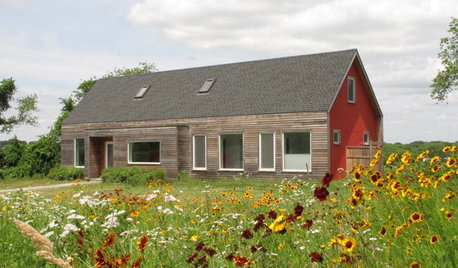
LANDSCAPE DESIGNHow to Design a Meadow Garden Everyone Will Love
Petite grasses or sedges plus flowers make for a manageable landscape that welcomes wildlife
Full Story
INSPIRING GARDENSWhat We Can Learn From Longwood Gardens’ New Meadow
Sustainability, ecology, native plant communities ... this public garden is brimming with lessons on horticulture for home gardeners
Full Story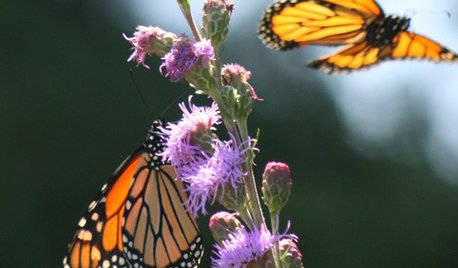
GARDENING GUIDESGreat Design Plant: Meadow Blazing Star (Liatris Ligulistylis)
Make fast friends with the monarch butterflies and get a color show too with this adaptable U.S. Midwest native
Full Story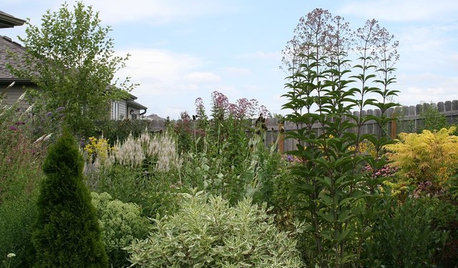
GARDENING FOR BUTTERFLIESGreat Design Plants: A Bevy of Beauties from the Meadow
Draw butterflies, birds and bees to the garden year-round with these low-maintenance Eupatorium varieties
Full Story
DECORATING GUIDESRoom of the Day: Adding Comfort and Style to a New Jersey Family Room
Layers of natural textures and pops of color help create a welcoming and cozy space for a couple and their baby
Full Story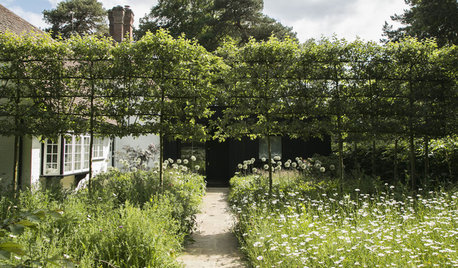
GARDENING AND LANDSCAPINGCrab Apple Trees Set Off a Stylish English Courtyard
A structure of pleached crab apple trees, bordered by a wildflower meadow, links a minimalist addition to an old house in Buckinghamshire
Full Story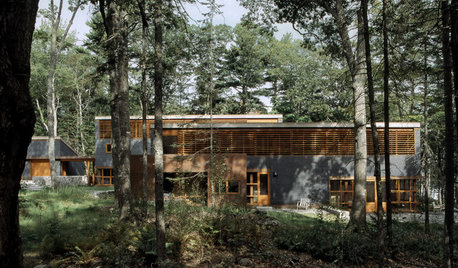
ARCHITECTURE'Houses of Maine' Puts Modernism in Its Place — in Nature
Set in the meadows and woods of Maine, the homes in this book give modern architecture a natural context
Full Story
GROUND COVERSGive Your Lawn a Taste of the Wild
Consider the joys of an irregularly trimmed meadow lawn: It’s ecofriendly, visually interesting and still good for romping
Full StorySponsored






Bloomingthings
pegleg2300Original Author
Related Professionals
Allen Landscape Architects & Landscape Designers · Kapaa Landscape Architects & Landscape Designers · Tempe Landscape Contractors · Centereach Landscape Contractors · Cupertino Landscape Contractors · Estelle Landscape Contractors · Hannibal Landscape Contractors · Long Branch Landscape Contractors · Paramount Landscape Contractors · Santa Ana Landscape Contractors · South Lake Tahoe Landscape Contractors · Dedham Decks, Patios & Outdoor Enclosures · Fort Worth Decks, Patios & Outdoor Enclosures · Hobart Decks, Patios & Outdoor Enclosures · Jupiter Decks, Patios & Outdoor EnclosuresJohn_Blakeman
macfairman
john_mo
pegleg2300Original Author
john_mo
pegleg2300Original Author
rayallen
pegleg2300Original Author
asters
john_mo
pondwelr
Doctorant
kelly_cassidy
pondwelr
acketter
scc_ms
oakfolk